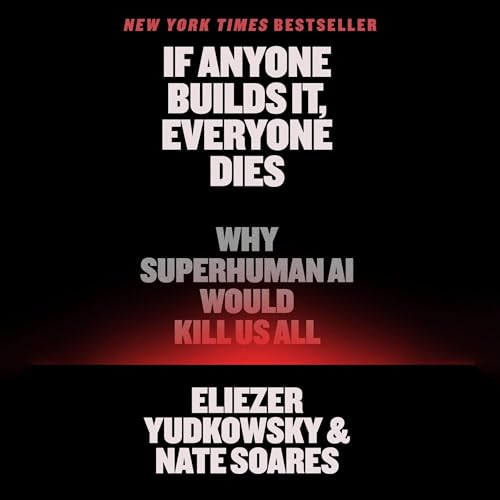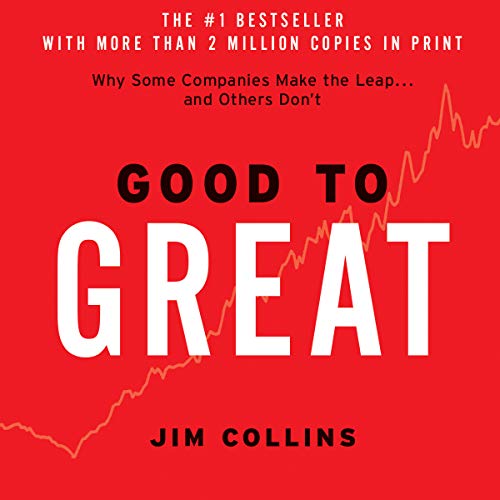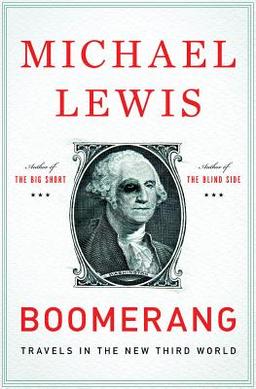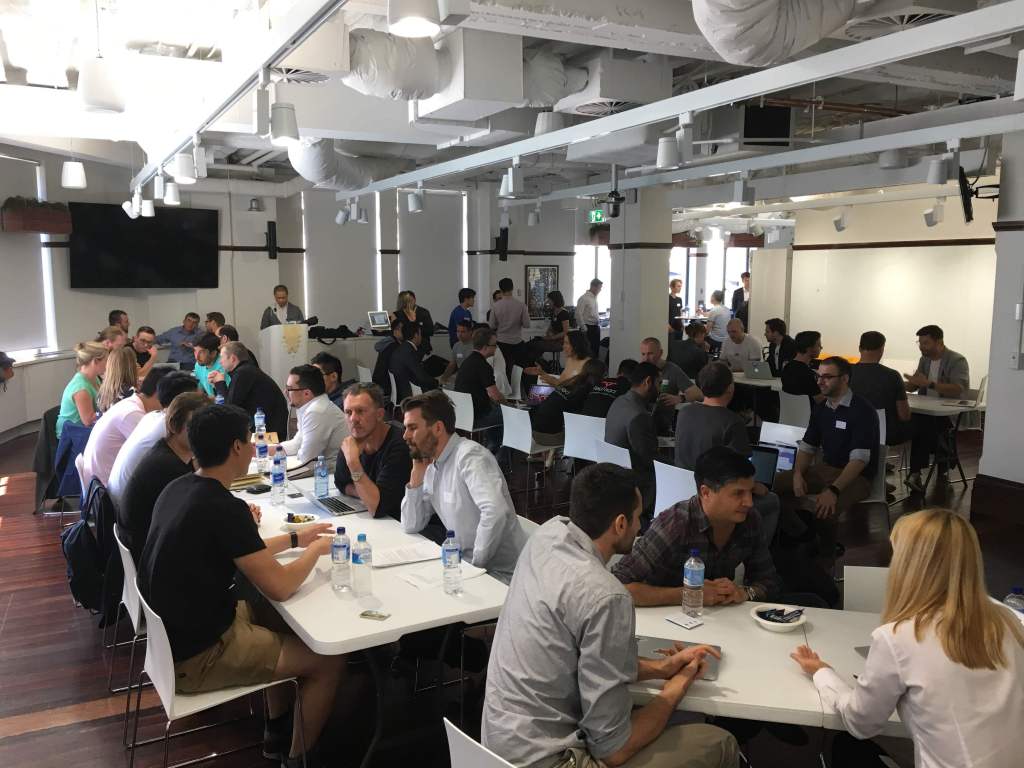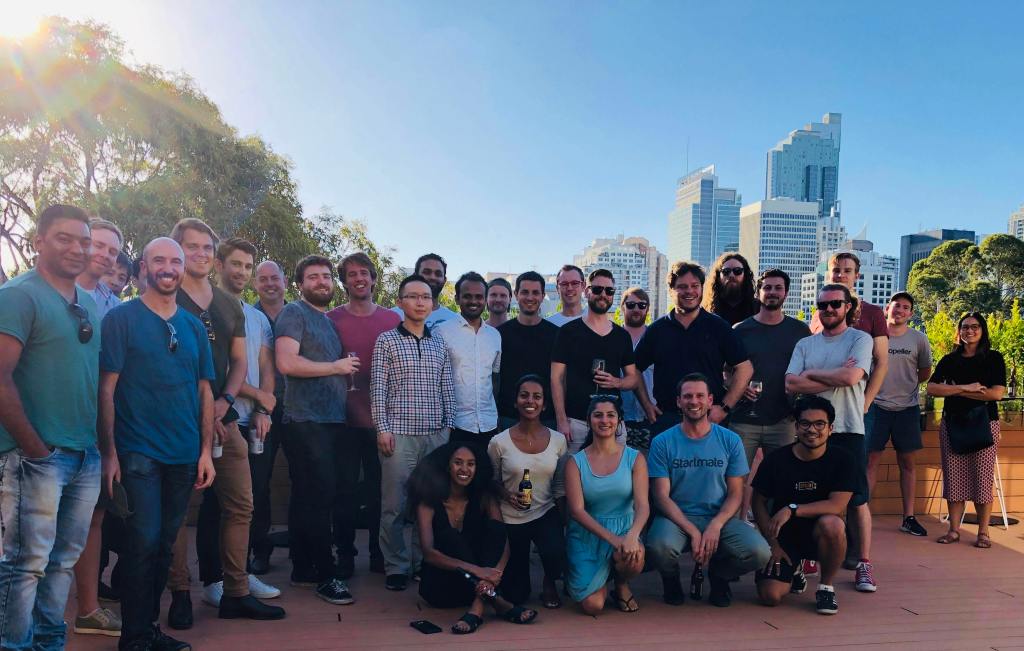Last month I wrote about my commitment to build Ascendius in public and share the journey as openly as possible. I’m finally getting the chance to begin that process properly – and I want to start by talking about something we don’t see enough of: building companies with AI from the business side, not the code side.
If you’re online, you’ve seen endless posts about “vibe-coding,” prompt-hacking, and engineering workflows supercharged by AI. They’re fun, useful, and often incredible. But they barely scratch the surface of the real transformation happening right now.
Because the most profound change isn’t how we write code and build products.
It’s how we build companies.
Why I’m Doing This
No one who’s built a great company did it without people before them “paying it forward” – and given how much of a transformation we’re all going through with AI, it feels like now is a time to pay it forward even more than before.
For all of my professional life, the internet has been the great transformer, giving us access to information and each other. But, even with its transformative information connectivity, we each still had to do all the actual thinking. AI changes that. We’ve entered what I call the era of Universal Intelligence – where high-level cognitive horsepower is no longer scarce or expensive.
What used to require hiring a McKinsey partner, a CFO, a market researcher, or a high-priced operator can now be achieved with a curious mind and a $20 subscription. Sure, it isn’t perfect and you still have to do the work and execute, but it obliterates the old barrier that said “only big companies can afford this level of intelligence.”
Small, high-growth companies are now positioned to win in ways they simply couldn’t before. And given small, high-growth companies create 70% of net new jobs, we need these “Gazelles” to come out the other side of this economic disruption successfully.
Having built teams the hard way before, I know how game-changing this shift is for founders, and I hope this series is helpful to many other entrepreneurs in this period of dramatic change.
AI Inverts the Pyramid
In the old world of software, computers were “lightning-fast idiots”: great at automating structured, repetitive tasks but useless anywhere you needed judgment or creativity. So businesses grew up with a simple model: completely automate the bottom layer of repetitive, rote work on the farm, in the factory, in a professional workflow, and rely completely on humans for everything on top.
Because it is probabilistic – not deterministic – it struggles with doing everything perfectly. But it excels at things technology could never do before – insight, analysis, planning, writing, strategy. AI flips the pyramid upside-down. The high-leverage work that used to be the protected domain of knowledge workers and senior leaders is now the easiest to accelerate. Meanwhile, all the messy, high-variance realities of running a business (people, conflict, culture, alignment, client expectations, humanity) remain stubbornly human.
And in a world full of vibe-coding posts and agentic this or that, this acceleration of everything else is the part not many people are writing about.
While critics (rightly) point out the examples where AI screws up, they’re missing the 80% of work technology has never touched before – the strategic, creative, managerial, operational, and unstructured analytical work that underpins building an actual company.
This inversion is where the real opportunity lives.
How I’ve Been Using AI to Build TeamScore
While building TeamScore this year, AI has been my researcher, strategist, planner, analyst, editor, sounding board, and sometimes my “partner in the room” when I needed to pressure-test decisions at pace.
It isn’t about agents – it’s about intelligence.
AI has helped me:
- Brainstorm the original TeamScore idea and high level go-to-market (GTM plan)
- Create detailed Ideal Customer Profiles (ICPs) and buyer Personas for TeamScore
- Create and refine Brand Personalities for consistency in tone and messaging
- Pressure-test the market thesis against real BLS and Census data
- Tear apart a competitive landscape in a weekend
- Implement a complete set of help guides in a weekend through automation and n8n workflows
- Write dozens of internal strategy documents
- Evaluate vendor economics and contract structures
- Model risk, ops, and compliance decisions (including SOC2)
AI didn’t replace any of this critical work. But it did make it possible for one person to do the work of an entire early-stage team – and I think do it pretty well.
That’s what I want to share with you.
Because if the internet made the world flat, AI is making the world tall again. Ambitious founders can now punch impossibly far above their weight – not through headcount, but through intelligence leverage.
Where This Goes Next (and Your Invitation)
While I’ll be publishing these pieces weekly on my blog over the next few months, I’m also going to be sharing many more short video breakdowns and answering questions directly on LinkedIn – because apparently that is what we all do now.
If you’re a founder, operator, manager, or someone determined to build something meaningful – especially in this era of “Universal Intelligence” – I’d love you to come along for the ride.
I promise to keep it candid, practical, and occasionally a little feisty – join the conversation on LinkedIn.





